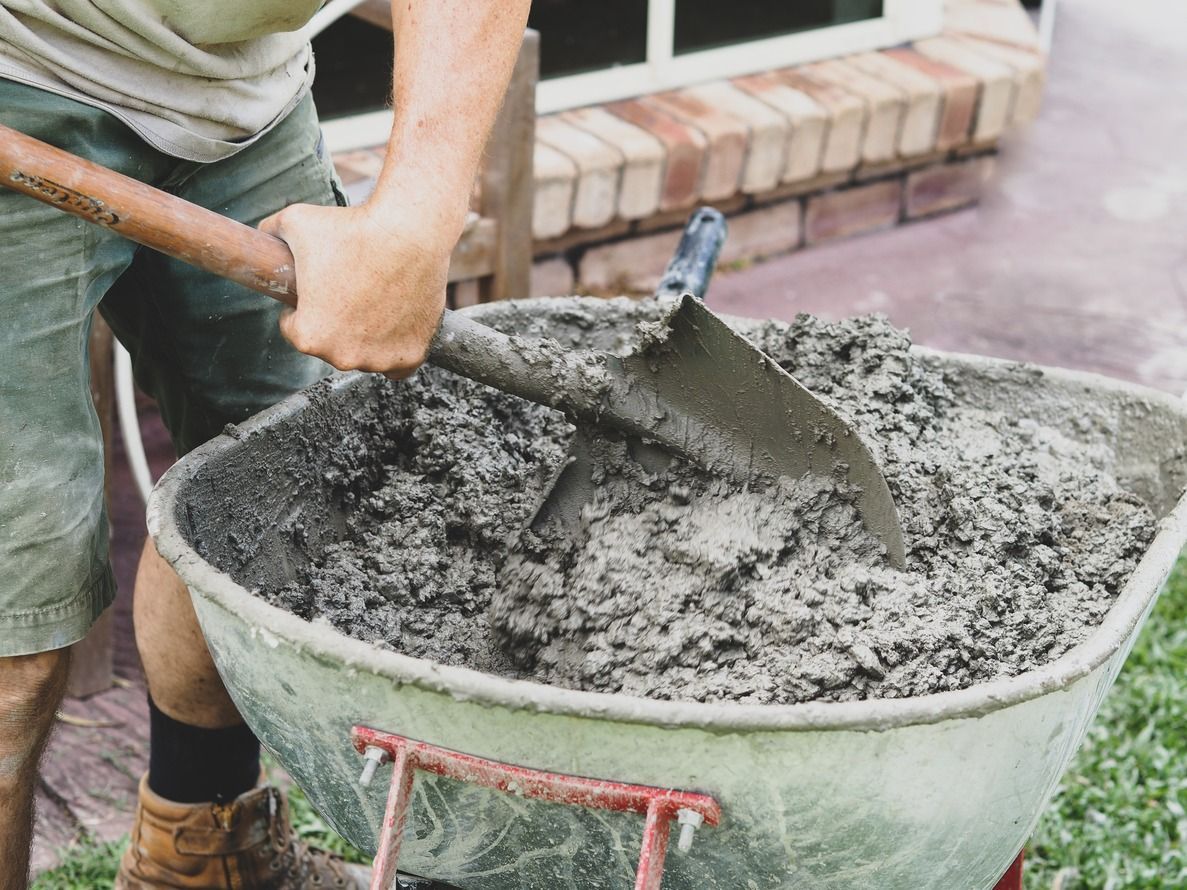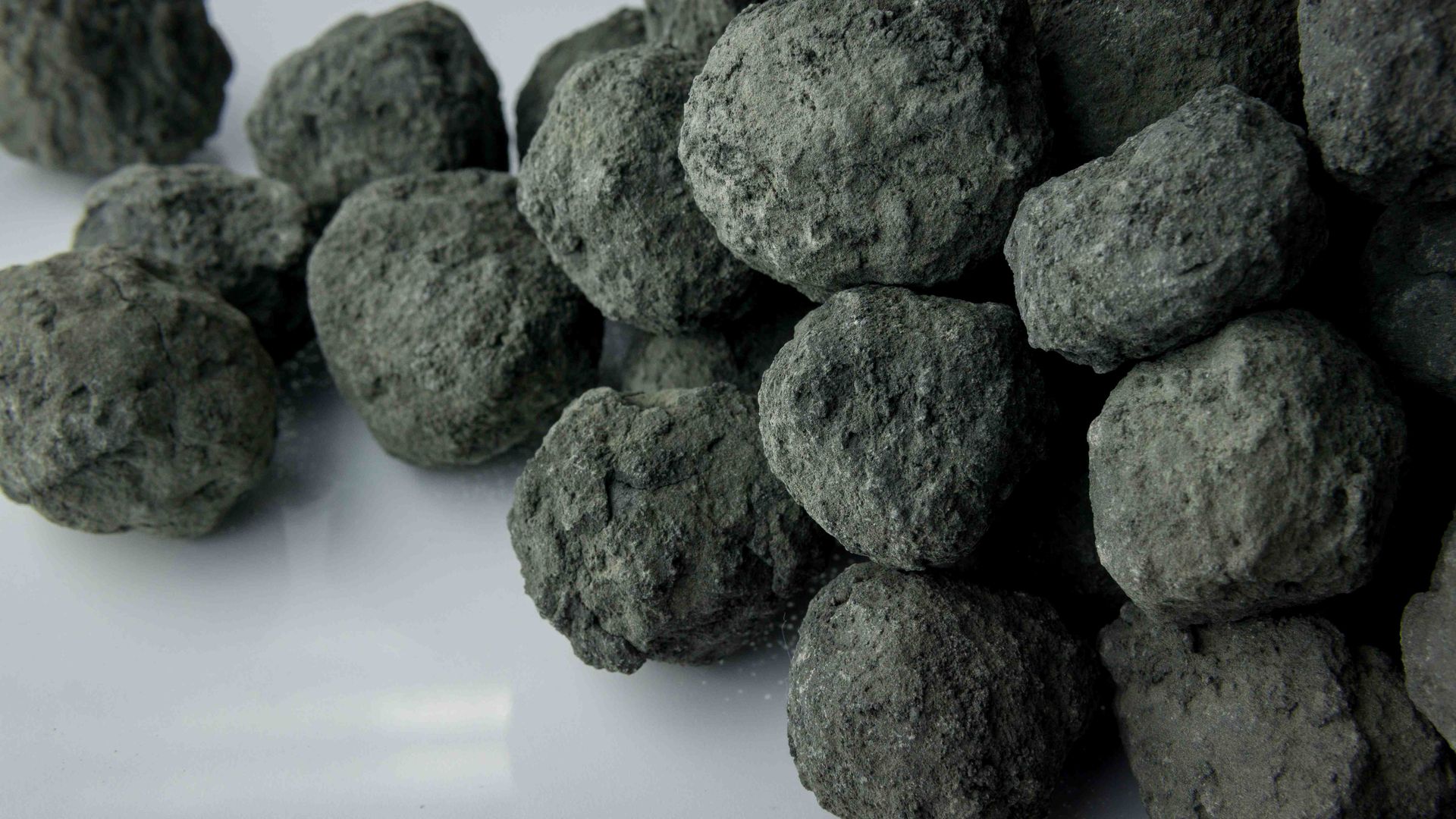What is Slump in Concrete: A Detailed Explanation

Concrete is a building material that can be useful with many projects. In fact, they have been used in projects of every size imaginable - including skyscrapers and bridges. Its strength and durability are two of the most important attributes that make it great.
However, the important thing to focus on is the consistency of the concrete mix. The consistency is measured by what is known as slump. In this guide, we’ll answer this burning question: “what is slump in concrete”.
By the time you’re done reading, you’ll know more about the term along with a procedure you can follow to ensure good consistency with your concrete mix each time. Let’s get started.
What is slump in concrete? Here’s the answer
Slump in concrete is the measure of consistency and workability of concrete that is freshly mixed. This serves as an indicator of its flow and cohesiveness. It will also give you insight into the plasticity and ease of placement for your project.
You’ll want to perform a test to determine the slump. It will be simple and effective for those using concrete for their project and want to assess the quality prior to application.
The slump test procedure
The slump test utilizes a standard cone-shaped mold that will be filled with concrete that is freshly mixed. It will be filled in three layers with each one compacted by rodding. Once the mold is filled in, it must be lifted carefully to ensure that the concrete spreads or slumps.
The height difference between the top of the mold and the concrete that is displaced will be measured and noted. Finally, the results of the test will be categorized into three types of slumps:
- True slump: When the concrete is evenly subsided without significant lateral movement, this is true slump. This means that the mix is well-proportioned with enough water content to create a good consistent mix.
Shear slump: This happens when one half of the concrete mass shears away from the other half. This indicates possible issues with the cohesion of the mix. One of them is that the water content is excessive.
Collapse slump: Like the name, you’ll notice a severe and uncontrolled collapse of the mix. The main culprit of this is a mix that is poorly proportioned or overly wet. Additionally, the overall strength and durability is compromised.
Significance of slump in concrete
Let’s take a look a few things of significance pertaining to slump in concrete:
Workability
Slump in concrete is directly associated with the workability of the mix. Workability is defined as the ease of which concrete can be mixed, transported, and placed without the worry of excessive bleeding or segregation. A proper slump allows for the concrete to be easily molded into a chosen shape - making it essential for construction projects of any scale.
Consistency
Consistency is another factor to look into regarding slump. This ensures uniformity throughout the mix. The slump test will assess the consistency of the mix and identify any potential issues that may arise such as excessive water content.
The consistency of concrete is important as it plays a critical role in the structural integrity and performance when it settles in and eventually hardens. The better the consistency, the more sturdy and durable it will be.
Quality control
The slump test will also be valuable for those that take quality control seriously. With regular testing on batches of fresh mixes, it can help construction professionals identify and correct any issues quickly. With a proactive approach to quality control, it will prevent structural problems from occurring.
At the same time, it will make it easier for the finished product to meet the specific design requirements of the project.
Durability
Durability is often tied closely to the mix design. Slump will play a critical role in achieving the desired durability. A well-balanced slump will ensure that the concrete has the right proportions in terms of cement, aggregates, and water.
This will help with the long-term strength and resilience of the concrete structure.
Factors affecting slump in concrete
There are several factors that can affect the slump - for better or worse. Let’s take a look at the following:
Water-cement ratio
This is one of the more critical factors in determining the slump of concrete. An improper water-cement ratio can lead to various issues including increased permeability, decreased durability, and low strength. That’s why you need to achieve the right balance so the quality is good enough and the slump is optimal for your project.
Aggregate properties
It’s important to note the type, size, and grading of aggregates that are included in concrete mix. If the aggregates are well-grated with an appropriate combination of particle sizes, it can help with cohesion and workability.
Admixtures
Chemical admixtures like plasticizers or superplasticizers can play a role in the slump of concrete. They are designed to improve the workability while reducing water content and enhance the overall performance of the concrete mix.
Mix proportioning
The proportions of cement, aggregates, and water will also be an important factor to focus on for determining slump. Proper mix design and accounting specific project requirements will be essential for achieving the overall quality and the desired slump.
These four factors should each be carefully considered for every project. There should be no need to “skimp” on any of these as poor mix quality of concrete can lead to disaster later on - even after the concrete has long hardened.
Let PermuTrade help with physical commodities
Concrete is one of the many physical commodities that PermuTrade focuses on. We know that it is an in-demand material used for many construction projects - whether it’s residential, commercial, or industrial. If you are interested in learning more about physical commodities and why they are important to PermuTrade, your next step is getting in touch with us.
Check out our website and find out what kind of commodities we have an eye for. If you need more information, be sure to contact us.
Disclaimer: The information on this website and blog is for general informational purposes only and is not professional advice. We make no guarantees of accuracy or completeness. We disclaim all liability for errors, omissions, or reliance on this content. Always consult a qualified professional for specific guidance.
Recent Posts
6742 Forest Hill Blvd #336, West Palm Beach, FL 33413 US
Mon-Fr: 9:00 AM - 5:00 PM
Eastern Standard Time
Disclaimer: The information provided on this website is for general purposes only. It should not be construed as legal/financial advice or the formation of a consultant/client relationship. Prior results do not guarantee similar outcomes.
All Rights Reserved.
Website Designed & Managed by Oamii.






